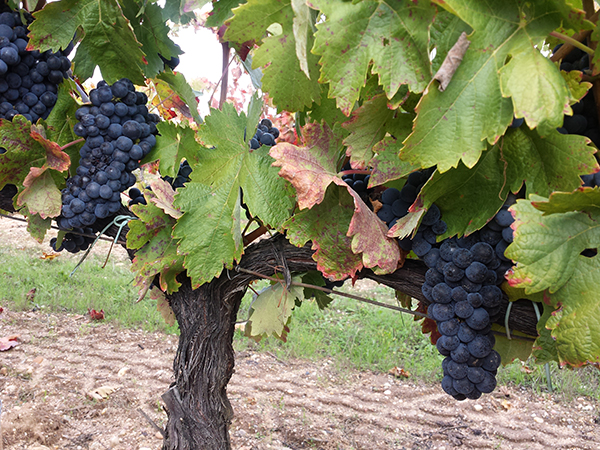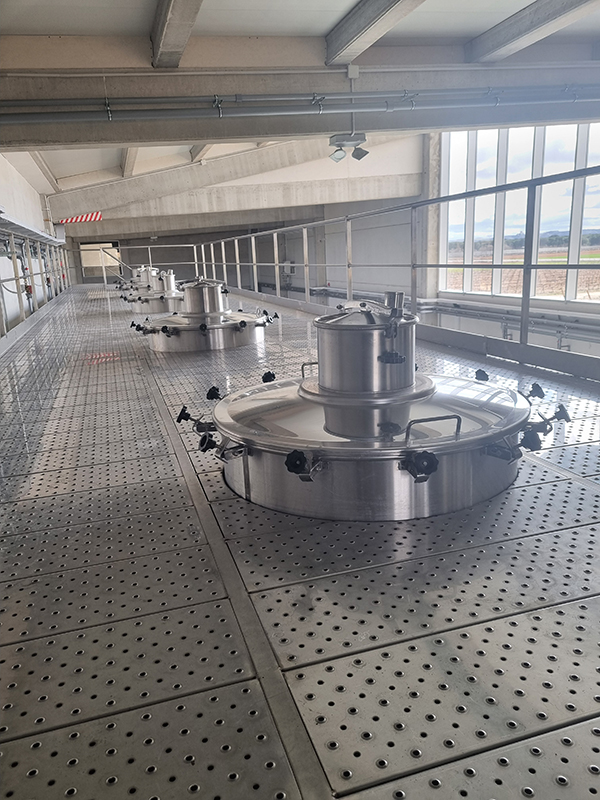A toast to quality
Pdf download
Wine quality is largely dependent on the winemaking process that they have gone through. Thanks to advances in technology and knowledge of materials and processes in viticulture, wineries have been refining their wines to achieve an impeccable organoleptic profile.
Stainless steel, which is widely used in the manufacture of fermentation tanks, storage tanks and barrels, helps to make this possible. Although stainless steel is much resistant to corrosion, its behaviour varies according to the type of wine and the conditions in which it is used.
For example, we do not find the same conditions in the upper part of the wine tanks, where the contact with oxygen and exposure to gases (sulphur dioxide) are higher than in the lower part of the tank. For this reason, two different grades of stainless steel are used.
Different grades of stainless steel and their relation to corrosion in winemaking

AISI 304L is the most widely used grade of stainless steel in this industry due to its good corrosion resistance and ability to resist weak acids present in wine. However, for the upper areas of the tanks, where gases are more pronounced and contact with oxygen is more frequent, AISI 316L stainless steel is used. This grade has molybdenum, which gives superior strength that ensures integrity throughout the winemaking process, protecting the quality of the wine.
In both cases, L grades with lower carbon content are used, as there will be welding processes in the tank assembly.
The choice of the grade of stainless steel is important but it is not the only factor to take into account. The design of these tanks can also affect the service life of the material and the final quality of our valued wines.
During the Christmas celebrations, enjoy even more the quality of the wines you savour. Now you know that they have required a rigorous vinification process where stainless steel has played an essential role.
